tile saw to cut pavers
stevega
17 years ago
Featured Answer
Sort by:Oldest
Comments (16)
gzec
17 years agoRelated Professionals
Clovis Kitchen & Bathroom Remodelers · Waukegan Kitchen & Bathroom Remodelers · Arlington General Contractors · ‘Ewa Beach General Contractors · Fort Lee General Contractors · New Baltimore General Contractors · River Forest General Contractors · Birmingham Painters · Crest Hill Painters · Cromwell Painters · Emeryville Painters · Kansas City Painters · Lakewood Painters · Shrewsbury Painters · Tustin Paintersbrickeyee
17 years agostevega
17 years agochris8796
17 years agokudzu9
17 years agopjb999
17 years agokudzu9
17 years agostevega
17 years agokudzu9
17 years agostevega
17 years agokudzu9
17 years agostevega
17 years agokudzu9
17 years agostevega
17 years agokudzu9
17 years ago
Related Stories

HOME OFFICESQuiet, Please! How to Cut Noise Pollution at Home
Leaf blowers, trucks or noisy neighbors driving you berserk? These sound-reduction strategies can help you hush things up
Full Story
MATERIALSPrecast Concrete Pavers Make a Versatile Surface in the Garden
You can use concrete pavers in a variety of shapes and colors for your patio, walkway, driveway and more
Full Story
GARDENING AND LANDSCAPINGPatio Pavers Go Green in Between
Kind to the environment and easy on the eyes, pavers with moss or other foliage in the joints create a charming permeable hardscape
Full Story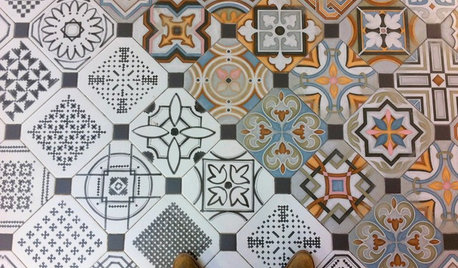
EVENTSTile Goes High Tech at Italy's Big Expo
Cutting-edge methods are creating tile looks from handmade to avant-garde, as seen as CERSAIE 2013
Full Story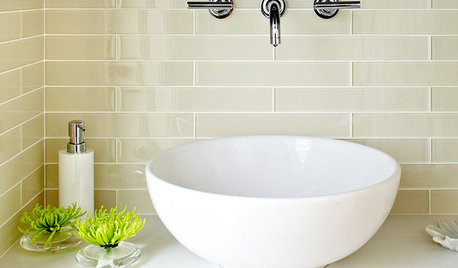
REMODELING GUIDESFinishing Touches: Pro Tricks for Installing Fixtures in Your Tile
Cracked tile, broken drill bits and sloppy-looking fixture installations? Not when you follow these pro tips
Full Story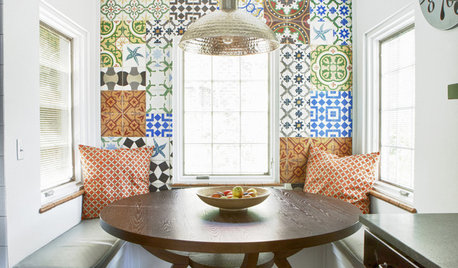
TILEPep Up With Patchwork Tiles
Don't call them crazy — quilt-style tile patterns are bringing energy and playfulness to walls, countertops and even floors
Full Story
REMODELING GUIDESGravel Driveways: Crunching the Pros and Cons
If you want to play rough with your driveway, put away the pavers and choose the rocky road
Full Story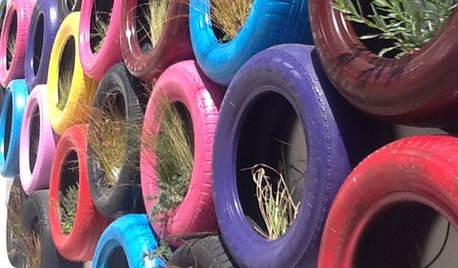
SALVAGECan We Bounce Some Great Recycled-Rubber Ideas Off You?
No need to bemoan that spare tire. Old rubber is getting a guilt-free second life as flooring, pavers, sinks and even furniture
Full Story
KITCHEN BACKSPLASHESHow to Install a Tile Backsplash
If you've got a steady hand, a few easy-to-find supplies and patience, you can install a tile backsplash in a kitchen or bathroom
Full Story
REMODELING GUIDESStraight From Spain: Amazing New Trends in Tile
Innovative Shapes, Patterns, and Textures Take Tile Beyond Kitchen and Bath
Full StorySponsored
Central Ohio's Trusted Home Remodeler Specializing in Kitchens & Baths
More Discussions







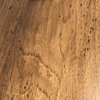
kudzu9